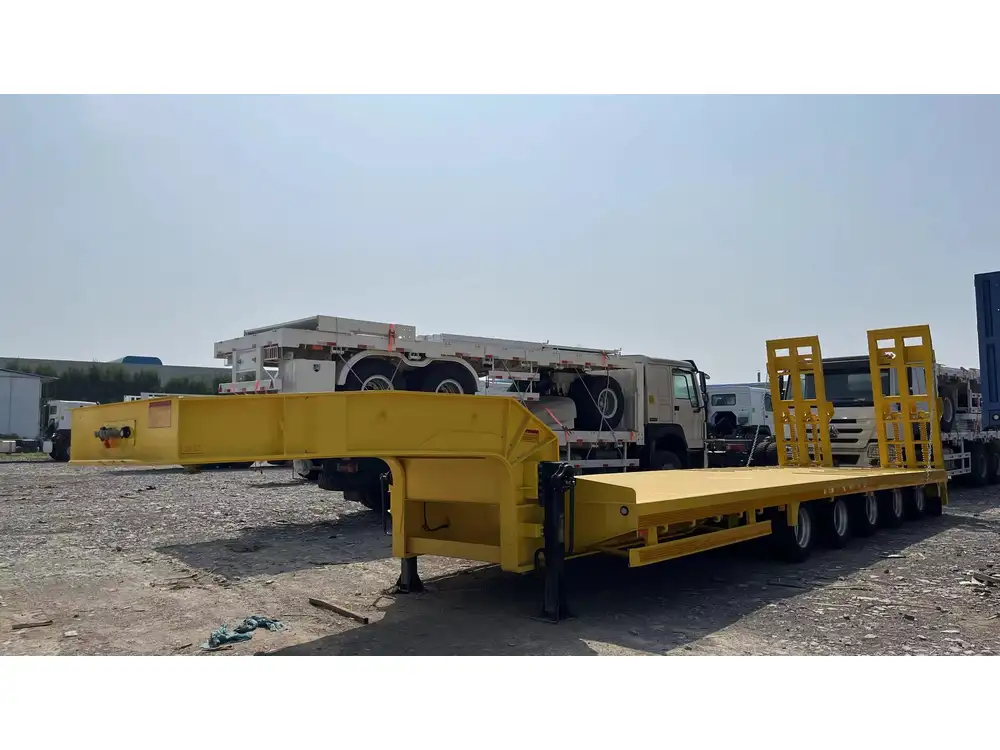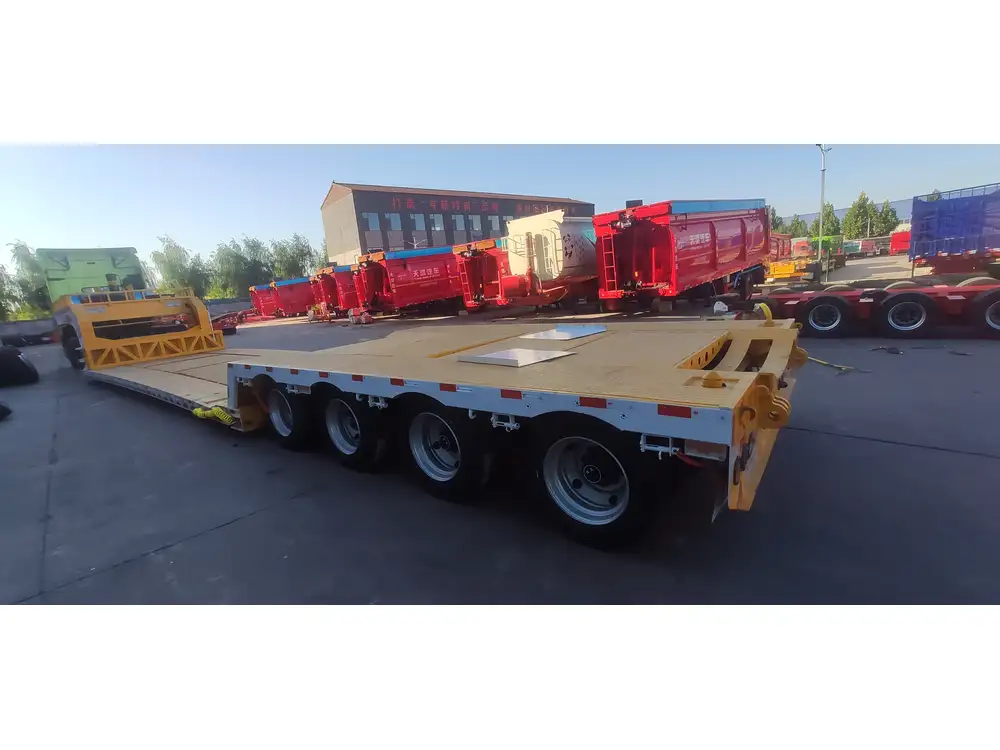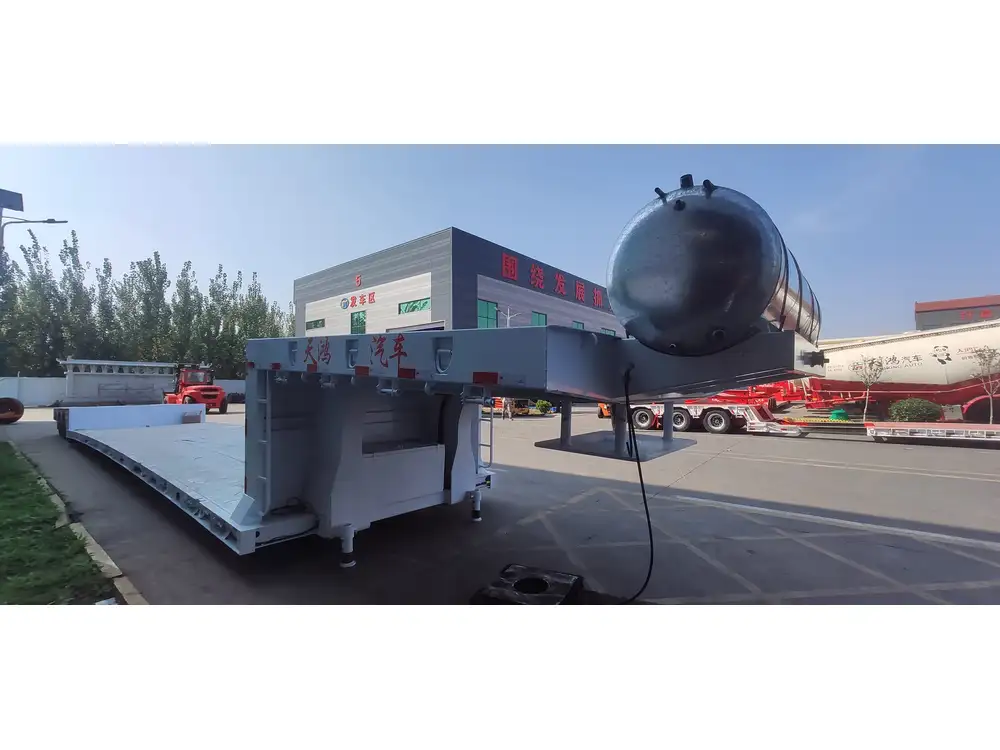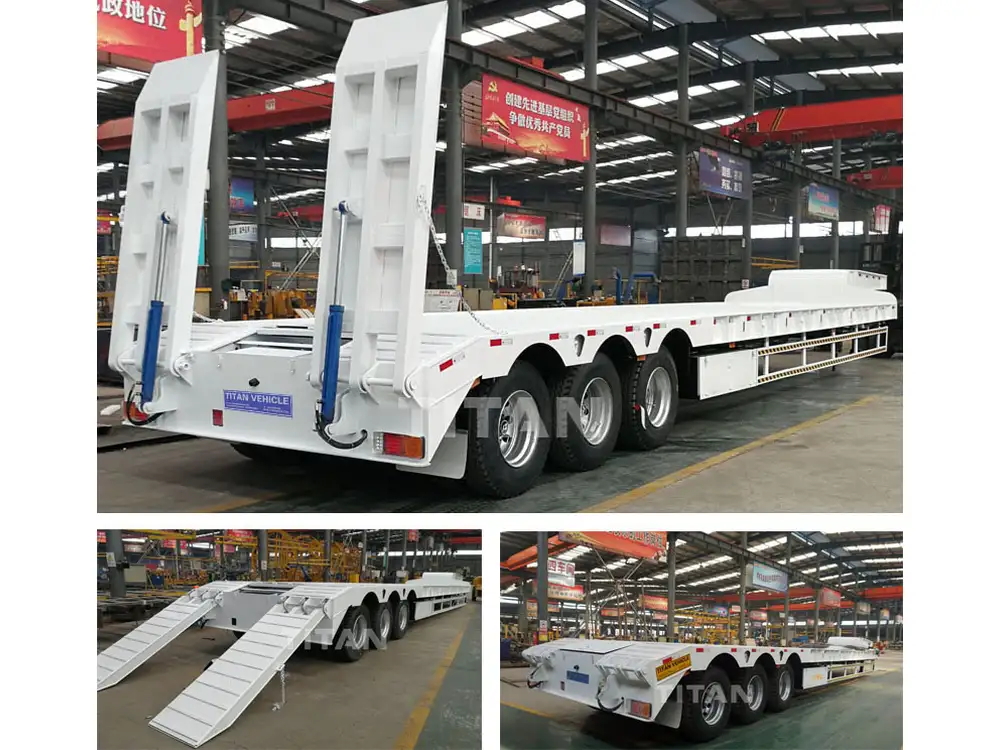Introduction to Skeletal Trailers
In the transportation and logistics industries, skeletal trailers have garnered significant interest due to their capacity to transport containers efficiently, leading to enhanced productivity and flexible logistics. These specialized semi-trailers stand out for their minimalist design, featuring a skeletal framework that accommodates various container sizes while maintaining structural integrity. In this article, we delve deep into the nuances of skeletal trailers in the UK, exploring their advantages, usage scenarios, market trends, and maintenance guidelines.
What Are Skeletal Trailers?
Skeletal trailers are designed primarily to carry intermodal containers, enabling swift transportation across road and rail networks. The design includes a skeletal frame that supports containers without the use of solid body panels, typically equipped with twist locks on the chassis to secure the containers during transit.

Components and Structure
| Component | Description |
|---|---|
| Chassis | The framework providing structural support |
| Axles | Usually two or three, depending on load capacity |
| Suspension System | Air or leaf spring systems for improved handling |
| Twist Locks | Mechanisms for securing containers to the chassis |
| Landing Gear | Stabilizes the trailer when stationary |
Advantages of Using Skeletal Trailers
Enhanced Flexibility
Skeletal trailers can transport both 20ft and 40ft containers, making them versatile for a range of cargo types. Their flexibility allows companies to respond promptly to various logistical demands.

Lightweight Design
The skeletal frame reduces overall weight, allowing for greater payload capacity compared to traditional trailers. This means businesses can maximize their transportation efficiency with lower fuel consumption and operational costs.
Modular Behavior
These trailers easily adapt to various container sizes and types, enabling seamless switching between different cargo loads. This adaptability is essential for logistics companies dealing with dynamic supply chains.
Cost-Effective Solution
When it comes to long-haul transportation, the reduced tare weight of skeletal trailers often translates to lower fuel consumption. Coupled with potentially lower maintenance costs, these savings can be significant for fleet operators.

Key Considerations When Choosing a Skeletal Trailer
Load Requirements
Understanding load specifications is pivotal. Consider the following factors:
- Container Size: Will the trailer need to accommodate a 20ft, 40ft, or mixed container?
- Weight Restrictions: Ensure adherence to legal weight limits to avoid hefty fines.
Compatibility with Traction Units
Verify that your skeletal trailer is compatible with your existing fleet of tractor units. Different combinations influence the trailer’s performance.

Manufacturer Credentials
Select a reputable manufacturer known for quality construction and durability. Investigate customer testimonials and check for industry compliance certifications like ISO standards.
Market Trends Influencing Skeletal Trailer Usage
As logistics evolve, so do the needs driving trailer innovation. Here are pivotal trends reshaping the skeletal trailer market:
Sustainability Focus
Awareness of environmental impacts is on the rise, prompting manufacturers to develop lightweight materials that enhance fuel efficiency and reduce carbon footprints.

Advancements in Technology
The integration of technology, including GPS tracking and fleet management software, revolutionizes how businesses utilize skeletal trailers, providing real-time data to optimize routes and minimize downtime.
Shift Towards Intermodal Transportation
With increased globalization, businesses are embracing intermodal logistics solutions; skeletal trailers play a crucial role in this shift, allowing cargoes to switch between ocean freight, rail, and road without unpacking containers.
Rise of E-commerce
The booming e-commerce sector emphasizes quick turnaround times, heightening demand for agile and efficient transportation solutions. Skeletal trailers enable rapid loading and unloading, making them ideal for this fast-paced environment.

Comparative Analysis: Skeletal Trailers vs. Traditional Trailers
| Feature | Skeletal Trailers | Traditional Trailers |
|---|---|---|
| Weight | Lighter | Heavier |
| Payload Capacity | Higher | Lower |
| Loading Speed | Faster | Slower |
| Container Compatibility | Versatile (20ft/40ft) | Limited |
| Maintenance Costs | Generally lower | Higher |
Use Cases for Skeletal Trailers
Port Operations: Ideal for transporting loaded or empty containers from ports to warehousing or client locations.
Intermodal Transport: Facilitates the easy transit of containers across different transport modes.
Flexible Supply Chains: Supports industries needing rapid switches in load types, such as automotive parts or consumer goods.
Maintenance Best Practices for Skeletal Trailers

Regular Inspections
Implement a routine inspection schedule, with a keen focus on:
- Chassis Integrity: Check for any signs of wear or damage to the frame that might compromise structural integrity.
- Twist Locks: Ensure all twist locks are functional and secure before each journey.
Tire Care
Regularly check tire pressure and tread depth to prevent blowouts on the road, which can result in logistical delays and hazardous conditions.
Suspension System Checks
The suspension system is pivotal for load stability and driver comfort. Regular servicing can prevent costly repairs and ensure smooth operation.

Documentation and Compliance
Always keep accurate maintenance records and stay informed about local regulations governing trailer operation. This approach helps in maintaining compliance and ensures safety standards are upheld.
The Future of Skeletal Trailers
Innovations in the design and technology of skeletal trailers are likely to shape their future. Expectations include:
Smart Trailers: Embedded technology leading to enhanced tracking and monitoring capabilities.
Materials Science Advances: Utilizing stronger, lighter materials that further boost fuel efficiency and environmental benefits.
Automation Trends: The incorporation of automated loading/unloading systems to ramp up efficiency and reduce labor costs.
Conclusion: Your Path to Enhanced Logistics
Investing in a skeletal trailer can significantly elevate operational performance for businesses deeply entrenched in logistics, particularly in the UK market. The advantages they present—ranging from flexibility and lightweight design to cost savings—position them as a pivotal asset in the ever-evolving transportation landscape.
By carefully considering the factors outlined in this article, from load requirements to manufacturer credentials, businesses can make informed decisions to enhance their logistics capabilities. As the market trends continue to evolve, being on the forefront of these changes can provide a competitive edge. Conclusively, skeletal trailers represent not just a means of transportation, but a gateway to enhanced productivity and sustainability in business logistics.
Embrace the future of transportation by exploring options available in the UK market and unlocking the potential that skeletal trailers hold for optimizing your operations today.



